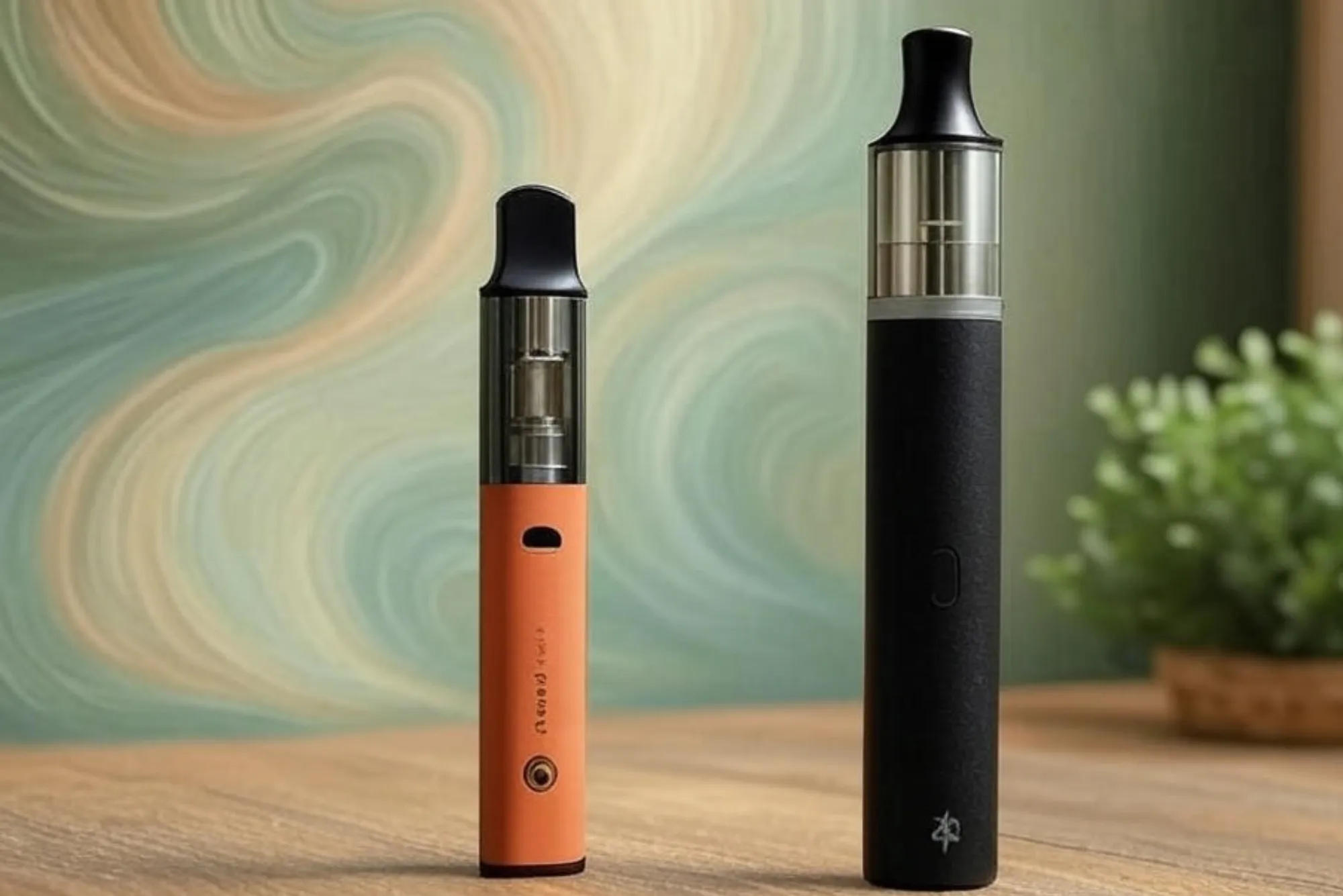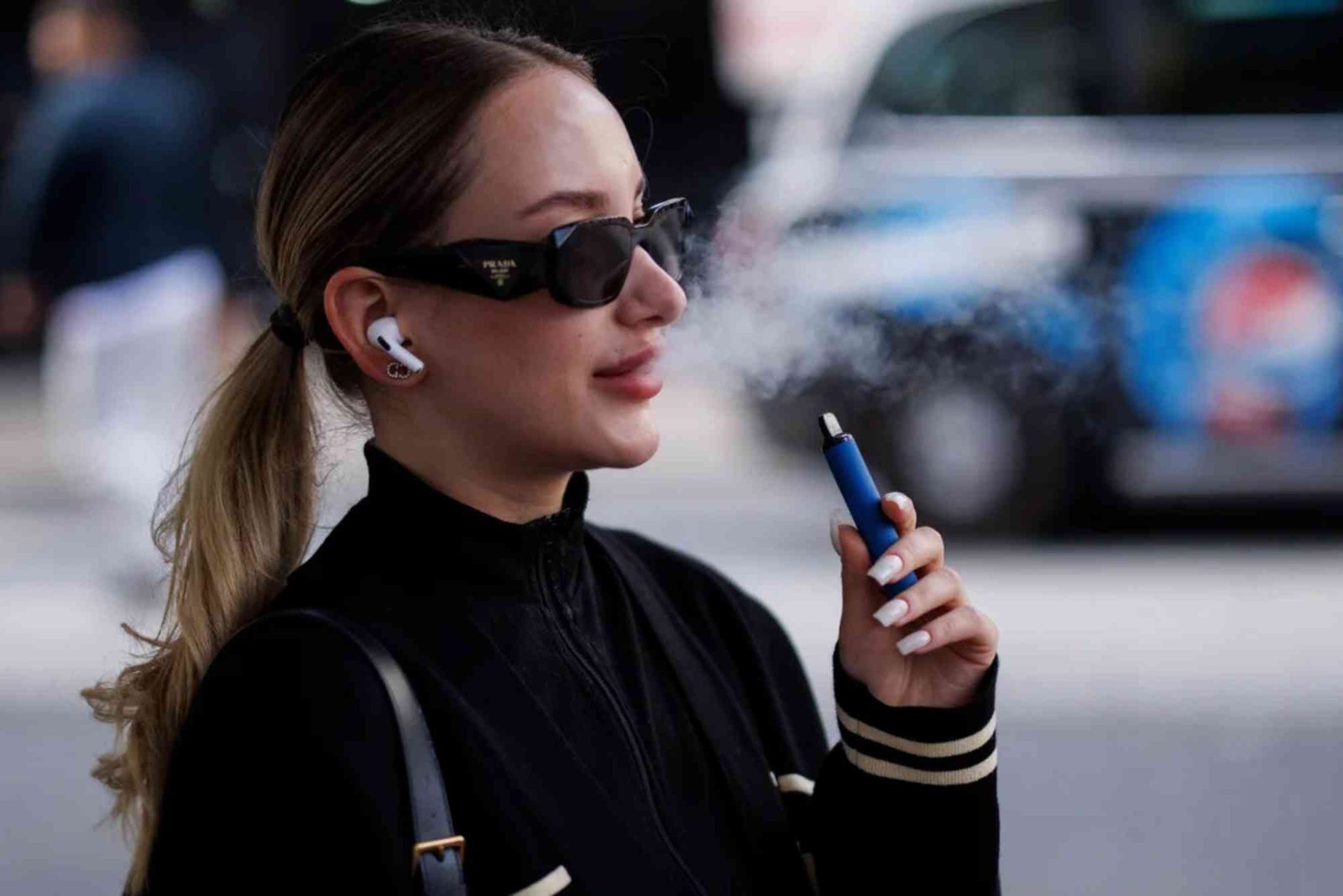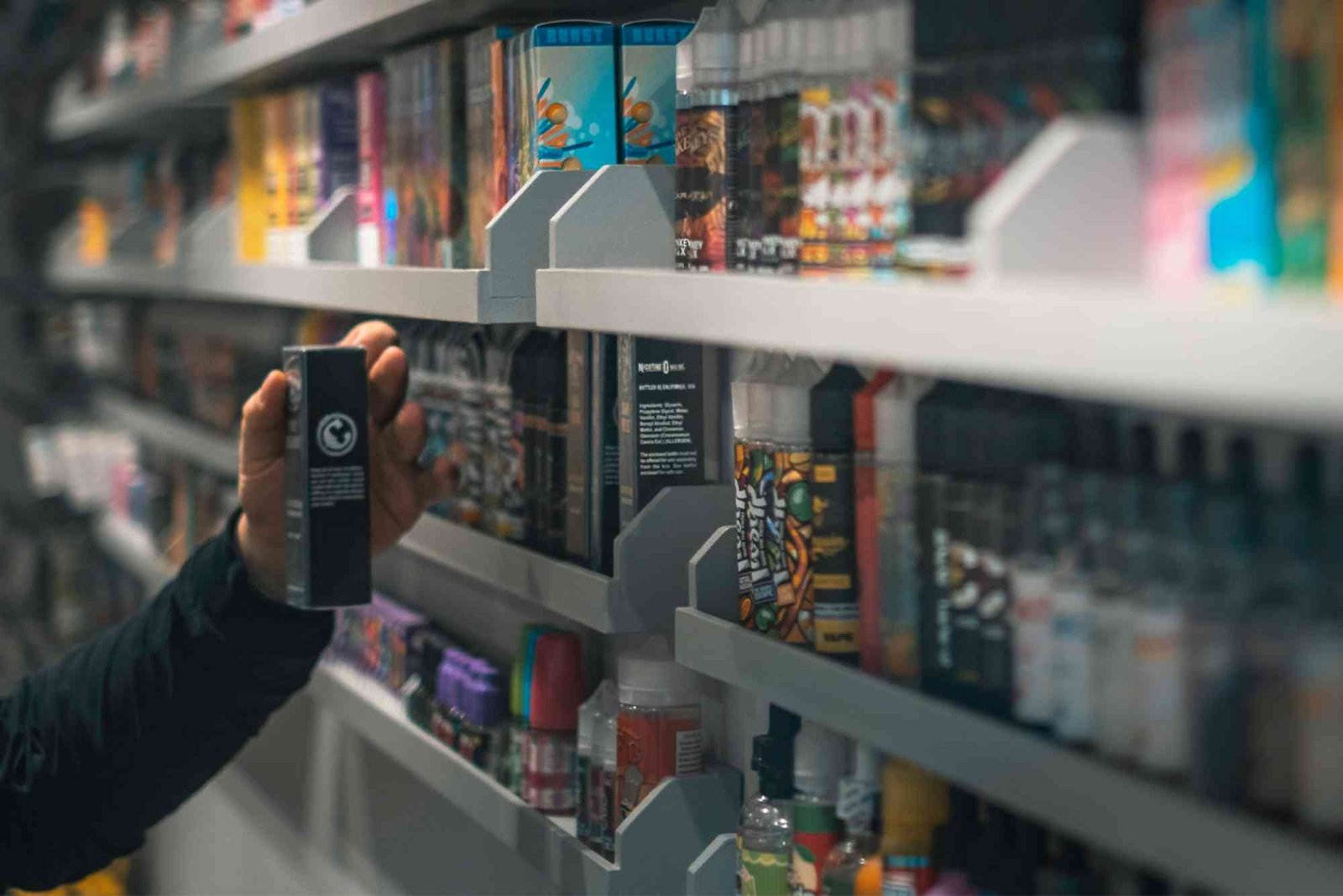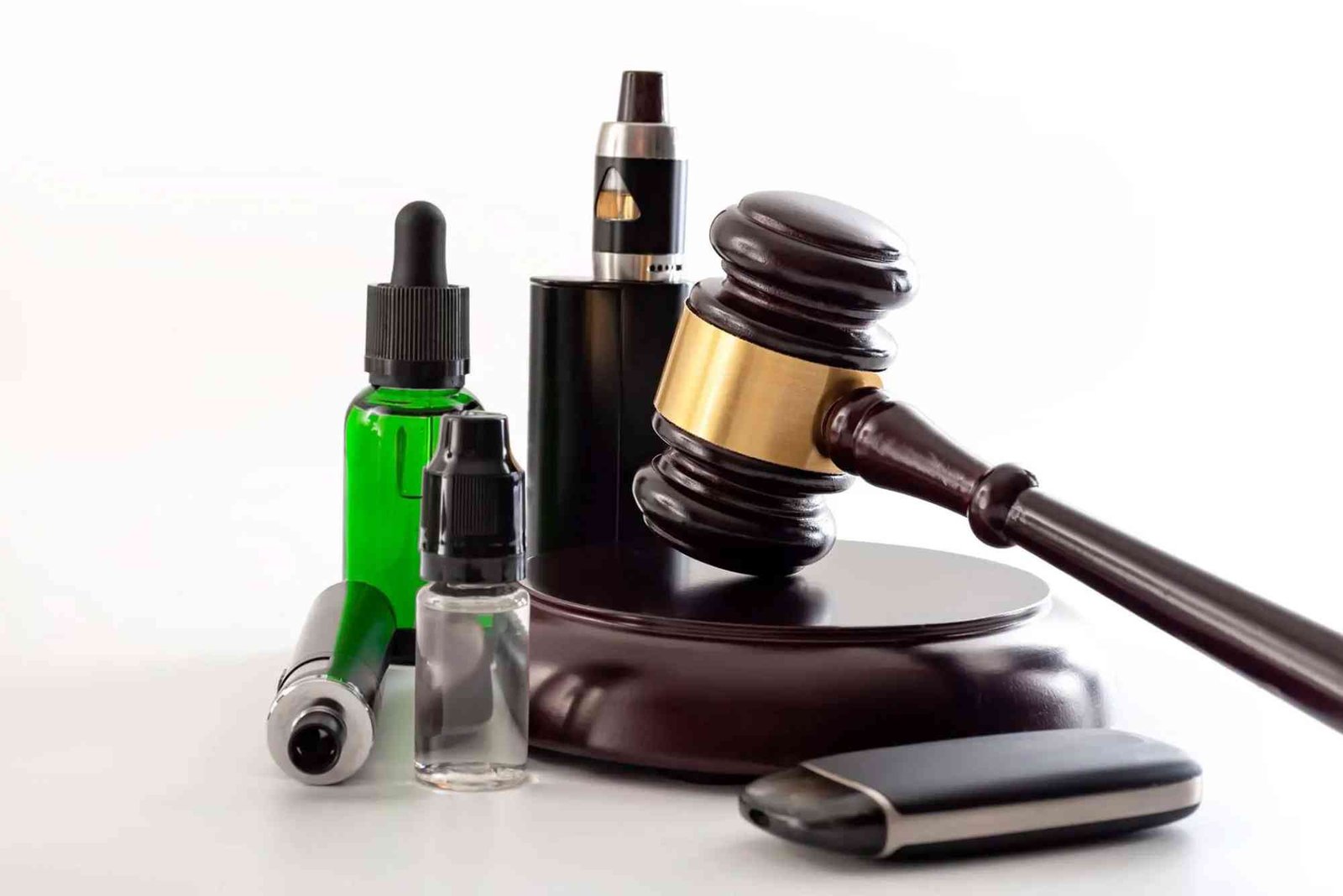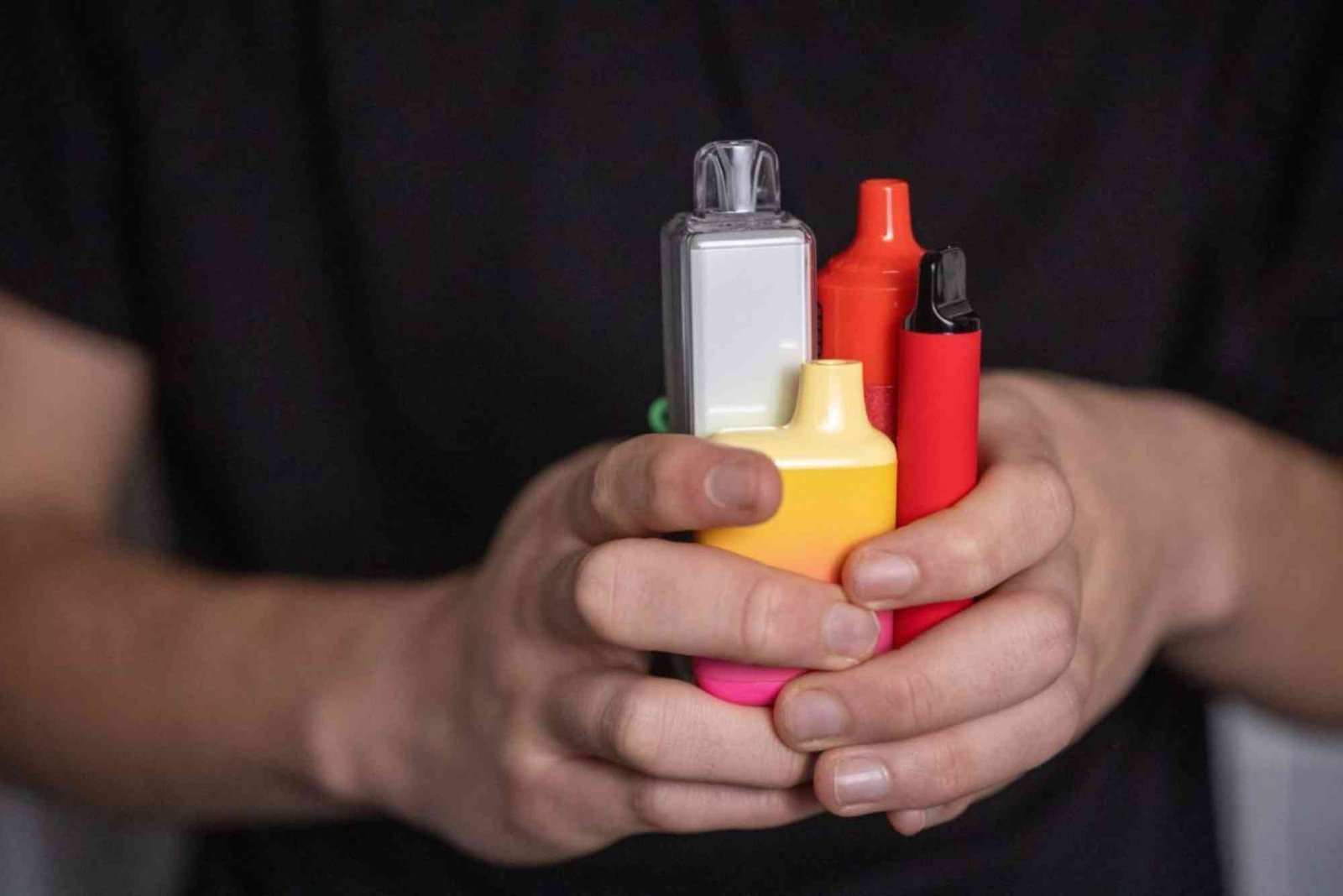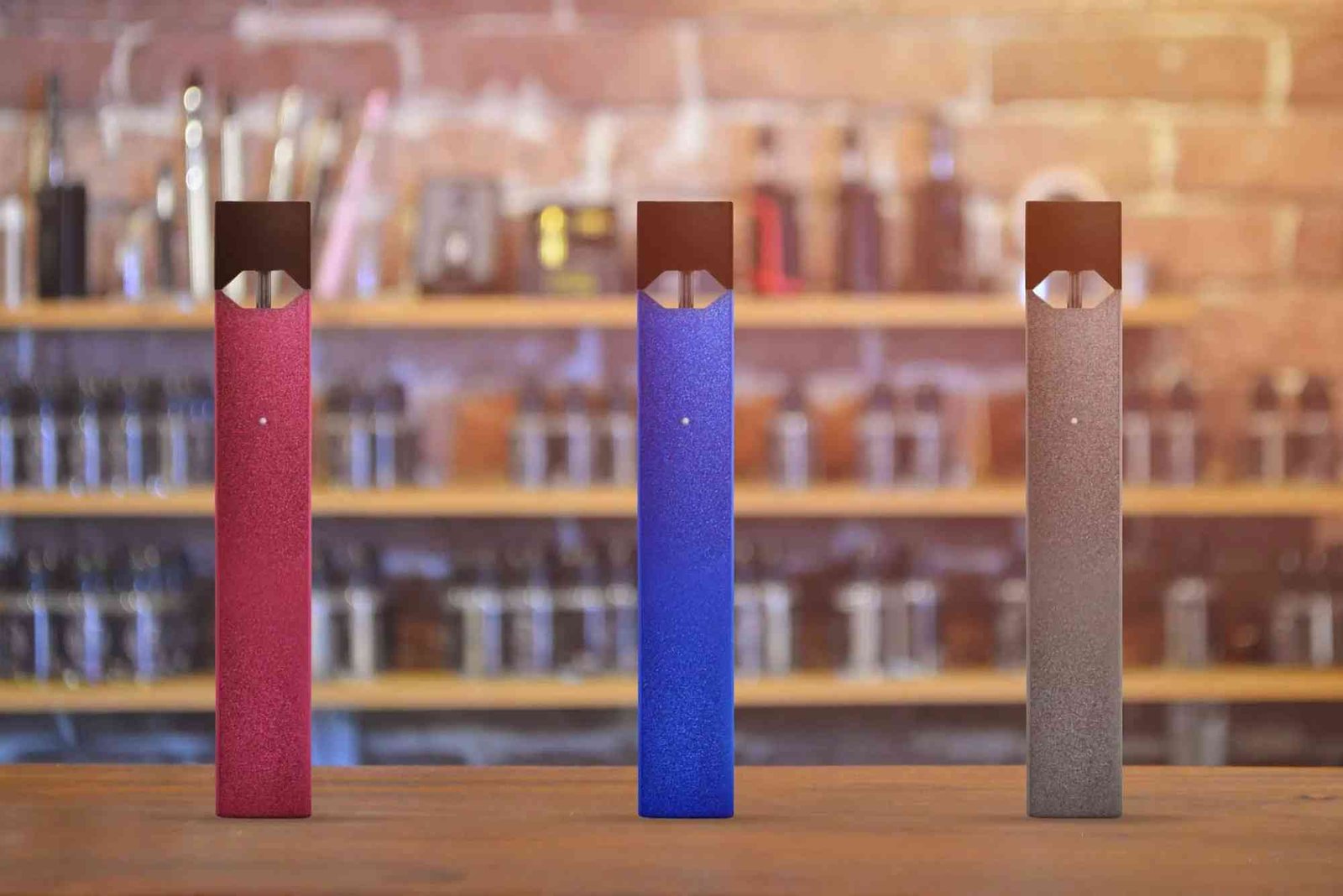Should Vapers Worry About the UK Vape Tank Size Law?
If you’re a vaper in the UK, you’ve probably heard about the “UK vape tank size law.” This regulation, part of the Tobacco and Related Products Regulations (TRPR), limits refillable e-cigarette tanks to a maximum of 2ml. While designed to improve safety and standardize vaping products, it has stirred debate among enthusiasts. Some see it as necessary for safety, while others consider it restrictive. In this article, we explore the law, its purpose, and what it means for vapers.
Understanding the UK Vape Tank Size Law
What Is the 2ml Tank Capacity Limit?
Under the TRPR, all refillable e-cigarette tanks, pods, and cartridges must not exceed 2ml. This limit aims to protect users from excessive nicotine intake and minimize safety risks. The law ensures that even new vapers are less likely to accidentally consume too much nicotine.
Why Was This Regulation Introduced?
The 2ml tank limit serves several purposes:
- Safety: To prevent accidental nicotine poisoning, especially among children.
- Standardization: To create uniformity across vaping products, ensuring consistent safety standards.
- Consumer Protection: To provide clear product information for informed use.
- Child Protection: To reduce the risk of children starting vaping with larger, more accessible tanks.
Implications of the 2ml Tank Capacity Limit
Increased Refilling Frequency
One immediate effect is the need for more frequent refills. Vapers used to larger tanks may find this inconvenient, but many adapt by carrying extra e-liquid or choosing devices with easy refilling systems.
Impact on Vaping Devices
Manufacturers have adapted by creating TPD-compliant tanks that meet the 2ml limit. Compact pod systems and modified box mods provide options that balance compliance with user satisfaction. Though longer vaping sessions may be limited, innovation allows users to maintain a satisfying experience.
Potential for Non-Compliance
Some vapers attempt to bypass the 2ml limit by modifying devices. Examples include removing restrictor rings or replacing tank glass with larger pieces. These modifications are illegal and can be dangerous, leading to leaks or exposure to harmful substances. Users should be aware that non-compliant devices carry legal and health risks.
Navigating the Regulations: Tips for Vapers
Opt for TPD-Compliant Products
Always choose TPD-compliant devices. Look for clear labeling and packaging that adheres to legal requirements. Purchasing from reputable retailers ensures product authenticity and compliance.
Consider Nicotine Shots
For those who want larger quantities of e-liquid, nicotine-free “shortfill” bottles are an option. These bottles allow users to add nicotine shots to achieve the desired strength while remaining compliant with tank capacity limits.
Stay Informed About Regulatory Changes
Vaping regulations can change. Stay updated through official sources and reputable news outlets. Being informed ensures your vaping habits remain safe and legal.
The UK vape tank size law, capping tanks at 2ml, was introduced to protect consumers, standardize products, and improve safety. While some may find it restrictive, it creates a safer vaping environment. By understanding the law and using compliant products, vapers can enjoy their experience responsibly. Adaptation and informed choices are key to navigating this regulation.
FAQs
Q1: Can I use a vape tank larger than 2ml in the UK?
A1: No. Using a tank larger than 2ml is illegal. All refillable tanks must comply with the TRPR 2ml limit.
Q2: Are there any exceptions to the 2ml tank rule?
A2: No. All e-cigarette tanks, pods, and cartridges must follow the 2ml limit.
Q3: What happens if I use a non-compliant vape tank?
A3: Legal penalties, such as fines or confiscation, can occur. Non-compliant tanks may also pose health risks.
Q4: How do I ensure my vape products are TPD-compliant?
A4: Purchase from reputable retailers and check that the product is clearly labeled as TPD-compliant.
Q5: What is the maximum nicotine strength allowed in e-liquids in the UK?
A5: Nicotine strength must not exceed 20mg/ml (2%), a measure to prevent overconsumption.


